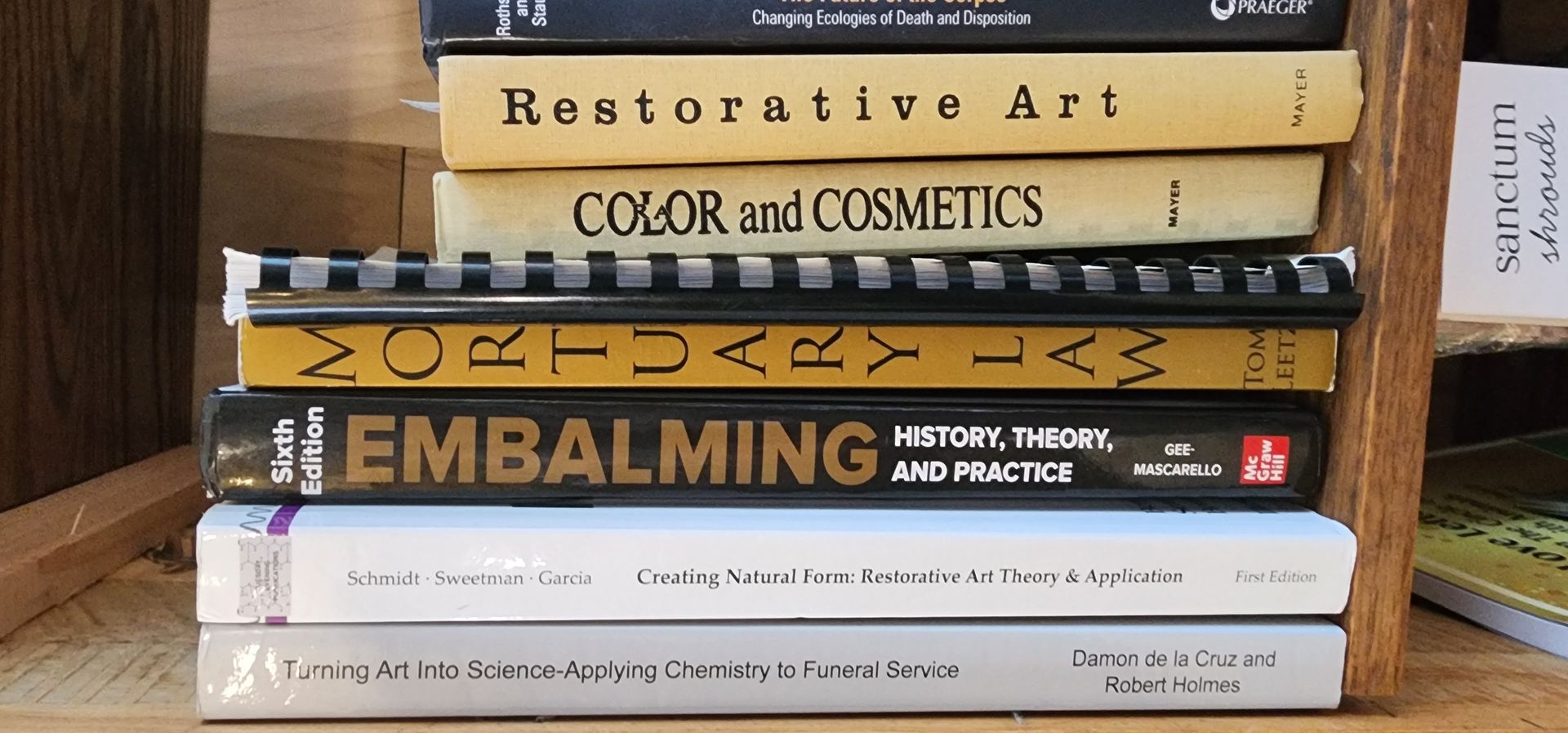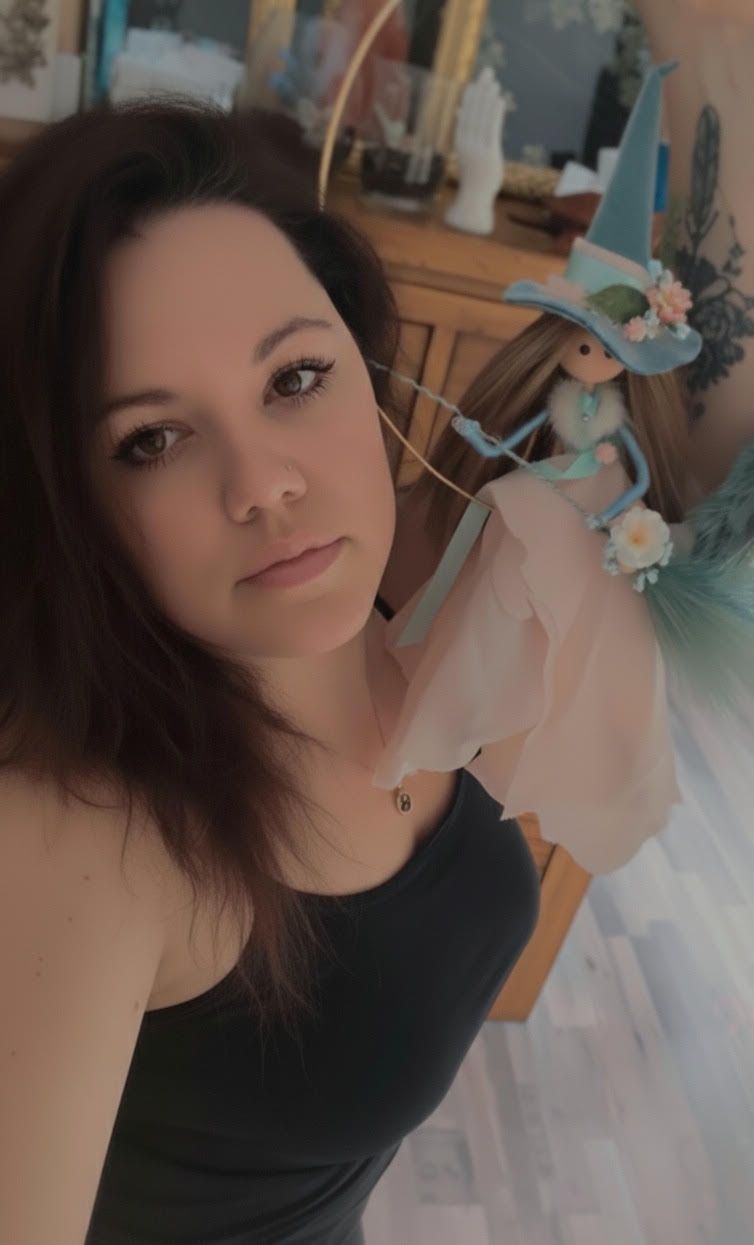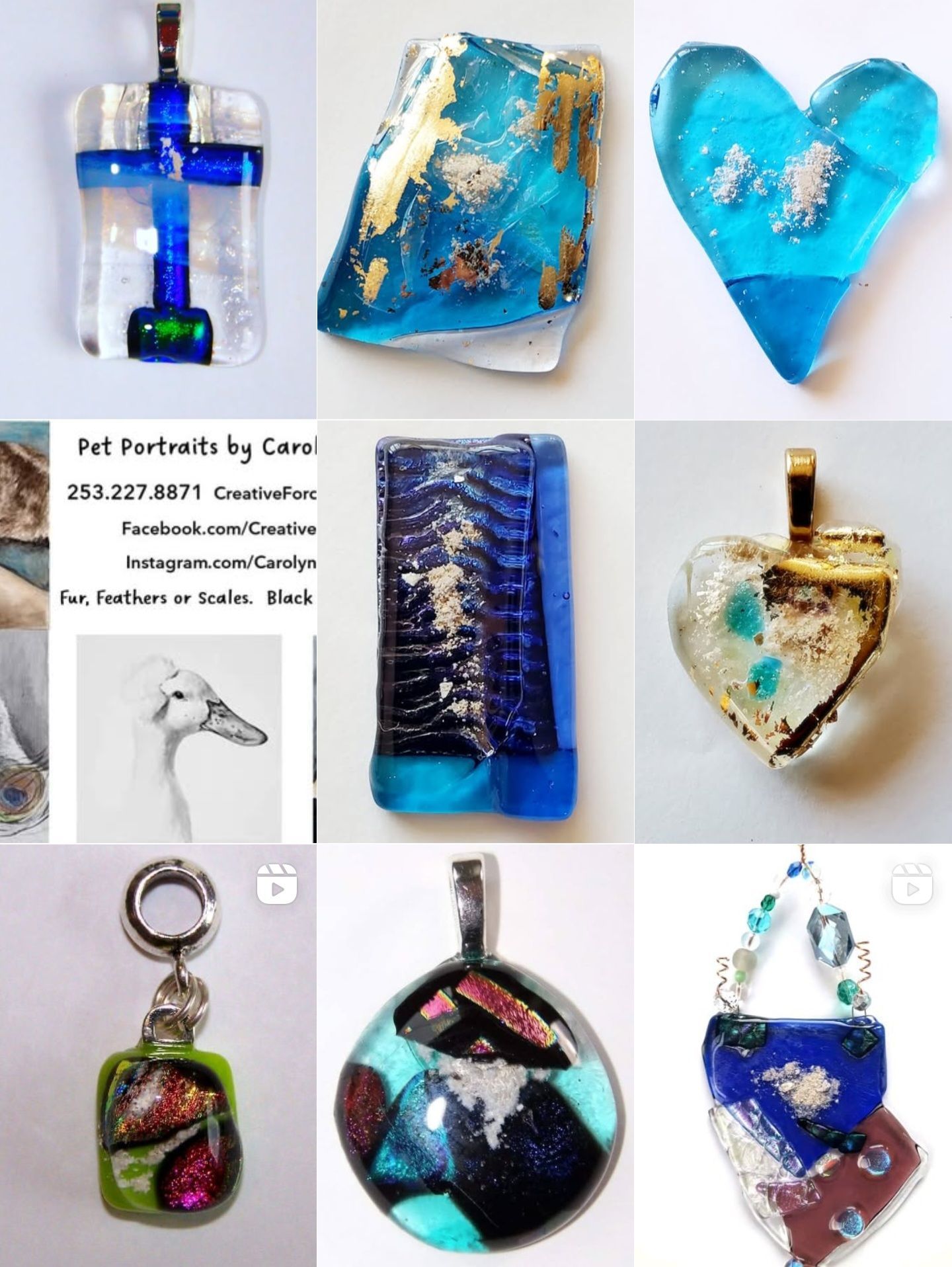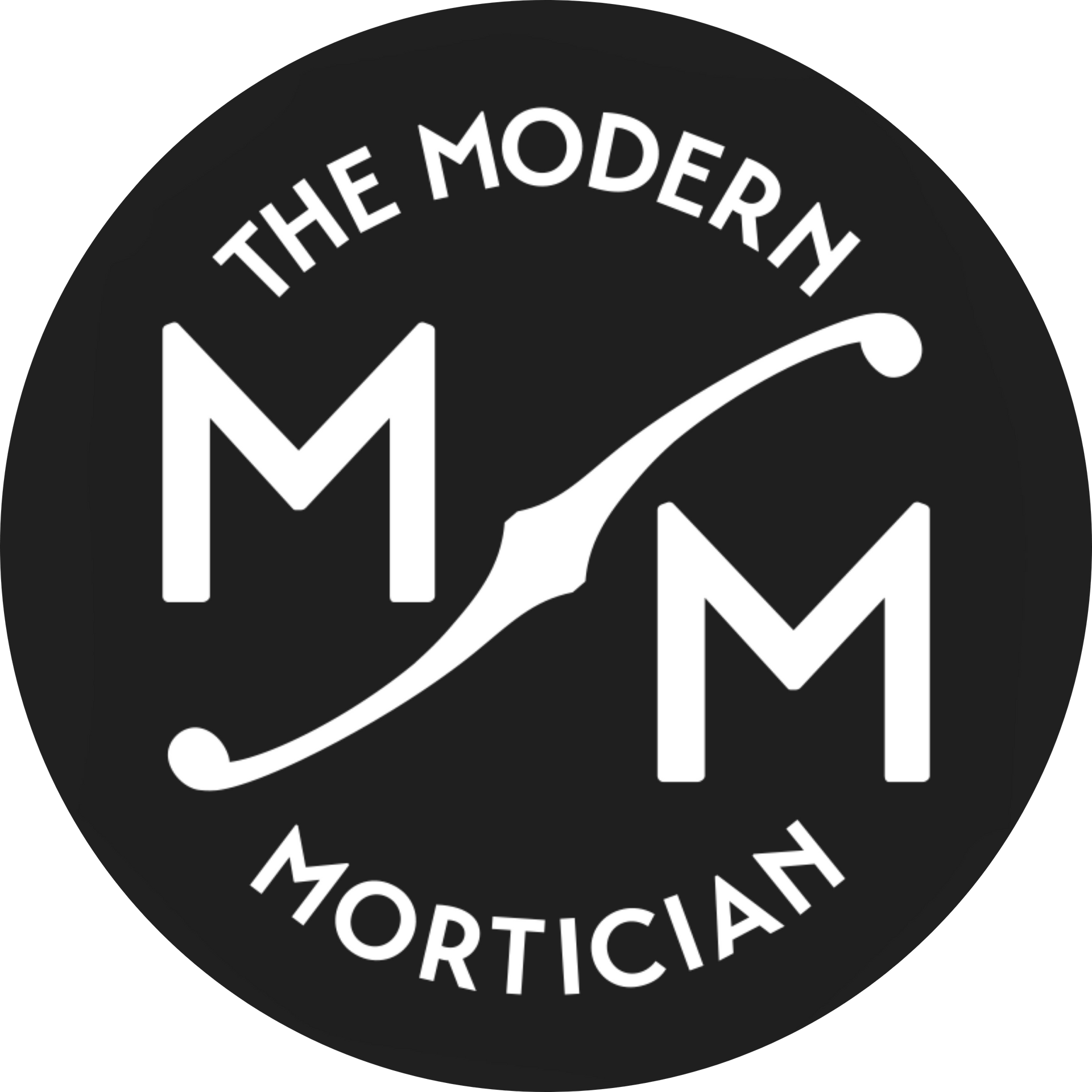What is the purpose of putting a casket into a vault or grave liner? Is it just an upsell?

While you probably understand the need of a casket, you may not know the importance of a burial vault/grave liner.
A burial vault is a lined and sealed concrete container designed to protect the casket from outside elements such as water, and downward soil pressure caused by backhoes or other heavy maintenance equipment at the grave site. They can be customized and sell for $4900-$18k on the Peninsula.
A grave liner is an unlined and unsealed concrete container that protects the casket from the downward soil pressure caused by backhoes or other heavy maintenance equipment at the grave site, and sell for $1400 on the Peninsula.

Both burial vaults and grave liners help preserve the cemetery by preventing the ground from collapsing or settling over time and most importantly, protect your loved one after burial by all marketing claims.
As someone who has been working in funeral care since 1997, I have seen my fair share of disinterments- that's when a casket is unearthed, be it because the family is moving and wants to rebury their person elsewhere, criminal investigations cause a need, or, in the case of Bonanza star, Hoss, your wife is tired of fans visiting and wants to have you cremated and brought home (yes this happened, and yes, I saw the body!).
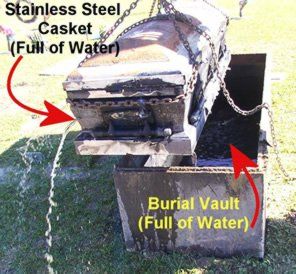
There are 2 main benefits to a liner or vault in my opinion. Personal preference and maintenance.
On the Peninsula, all graves are hand dug, so there is no need to heavy equipment like backhoes to be plodding over plots, and no one out here would purposely drive their vehicle over a grave. So that eliminates the maintenance aspect for a potential requirement for a liner or vault.
Flashback...
I recall a representative from Taylor Cemetery in Ocean Park visiting the office in the spring to make arrangements for his father. As usual, I would pipe in on the conversation when engaged, and while in the room a comment about my Texas burials was made. I began to chat about green burials and the like, and how vaults weren't a requirement and thus it would be so easy to have green burials here. I literally saw the color drain from this man's face as he stammered and stated he was shocked this wasn't a law, as he had been misinforming many families over the years. The whole vault and liner business.... he was stunned. The man who wrote my paychecks shot me a look and I quickly exited the room.
Time and time again, I would ask if I could forgo the liner for a family, be it for financial constraints, or just in anticipation of them questioning me in the arrangements, and each time, it was stated to the effect of caskets and vault sales go hand in hand, you get one, and you expect to get the other. Instant $1400. Instant nausea.
Over the final days of the Summer of 2022, I orchestrated a beautiful (shades of) green burial in Oysterville Cemetery. The family did not want embalming, which is another electable item, not a requirement by law due to the availability of refrigeration. They selected a beautiful Seagrass casket, and the interior was adorned with hand embellished, lace edged quilts. Oysterville cemetery does not require a liner or vault in their bylaws either, however, once again, my hand was forced by he who wrote my paycheck, and the green burial was nestled forever into a poly liner below the sand. During the Graveside service, many guests engaged the family in discussion about this beautiful farewell, and more than once the family expressed their distaste for the poly liner present below the ground, like a toxic little pill waiting to encapsulate the casket.
So, what can be done? Well, I'm starting to do it... educate those around me. And should you find yourself making these choices, stand firm in your decision not to purchase a liner or vault if you do not find necessity in the purchase and it isn't a requirement by the cemetery of your choosing. Until they are a requirement in the bylaws of the local cemetery, they can only be a suggestion and should not have or ever have been a requirement when burying a loved one in Ilwaco, Ocean Park, Oysterville, or Long Beach.
Someday, there will be a cemetery that won't require any purchases at all- where you could be buried naked in the sand should you choose. The thing is... it's a choice. No one should force you.
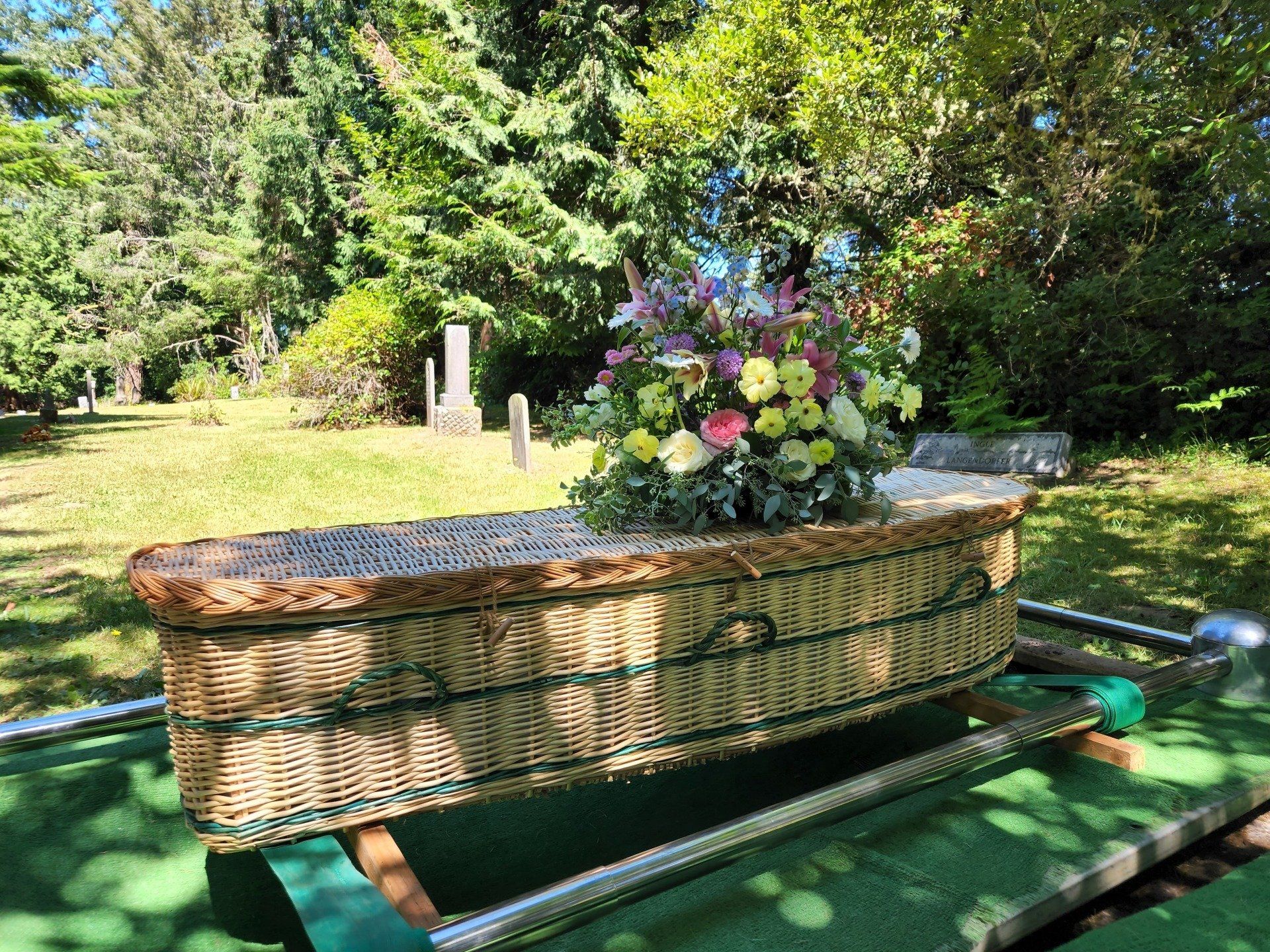
New Paragraph








